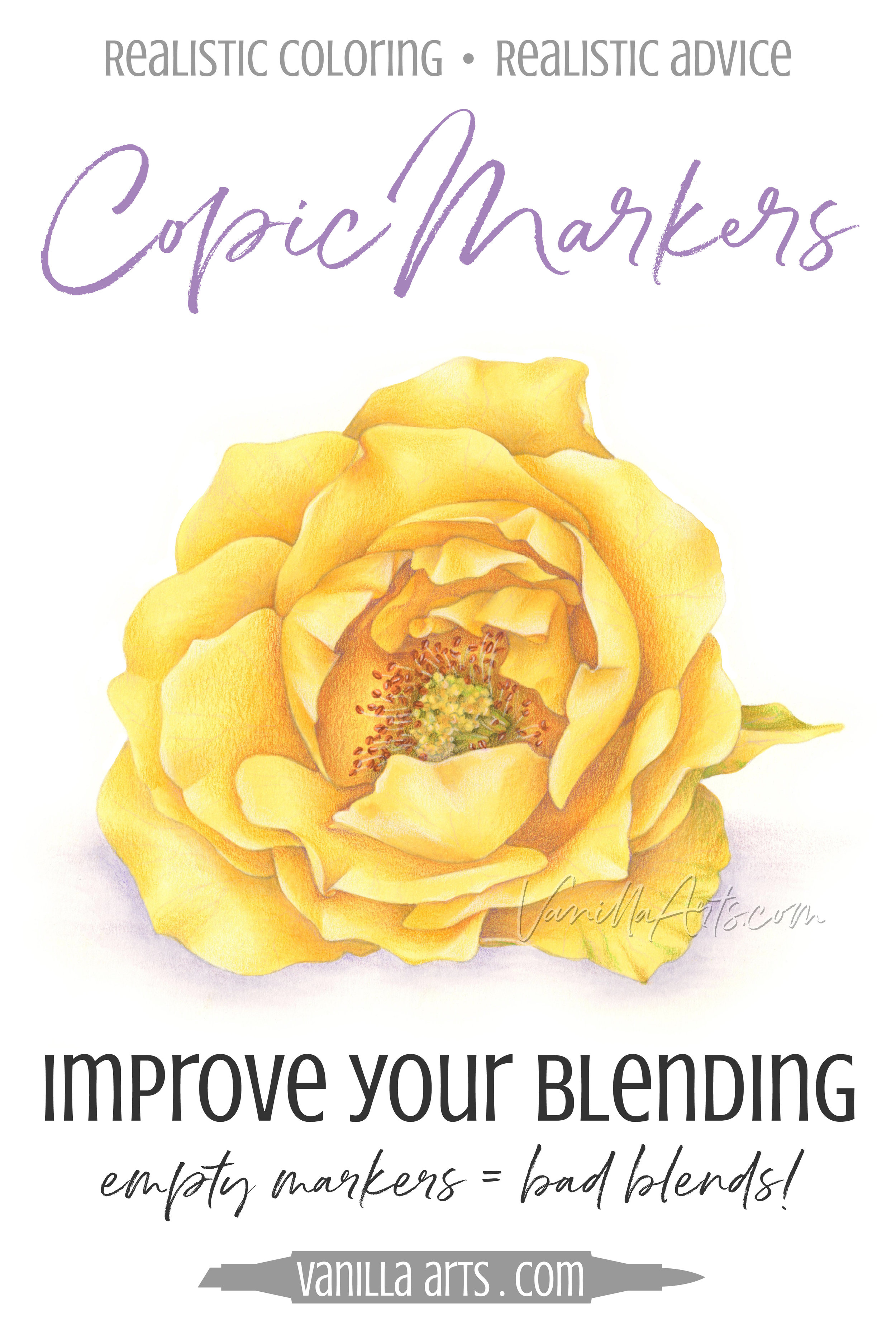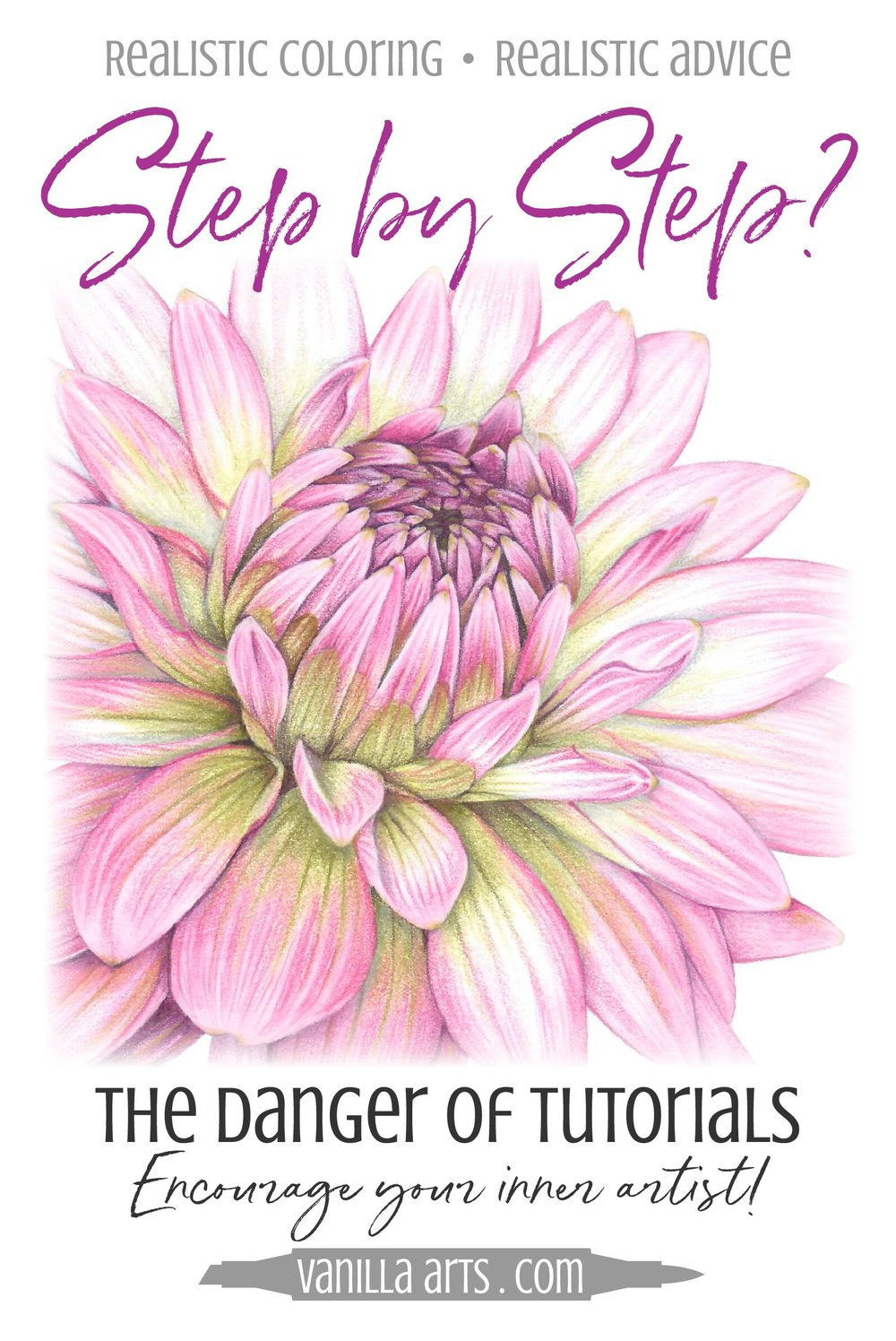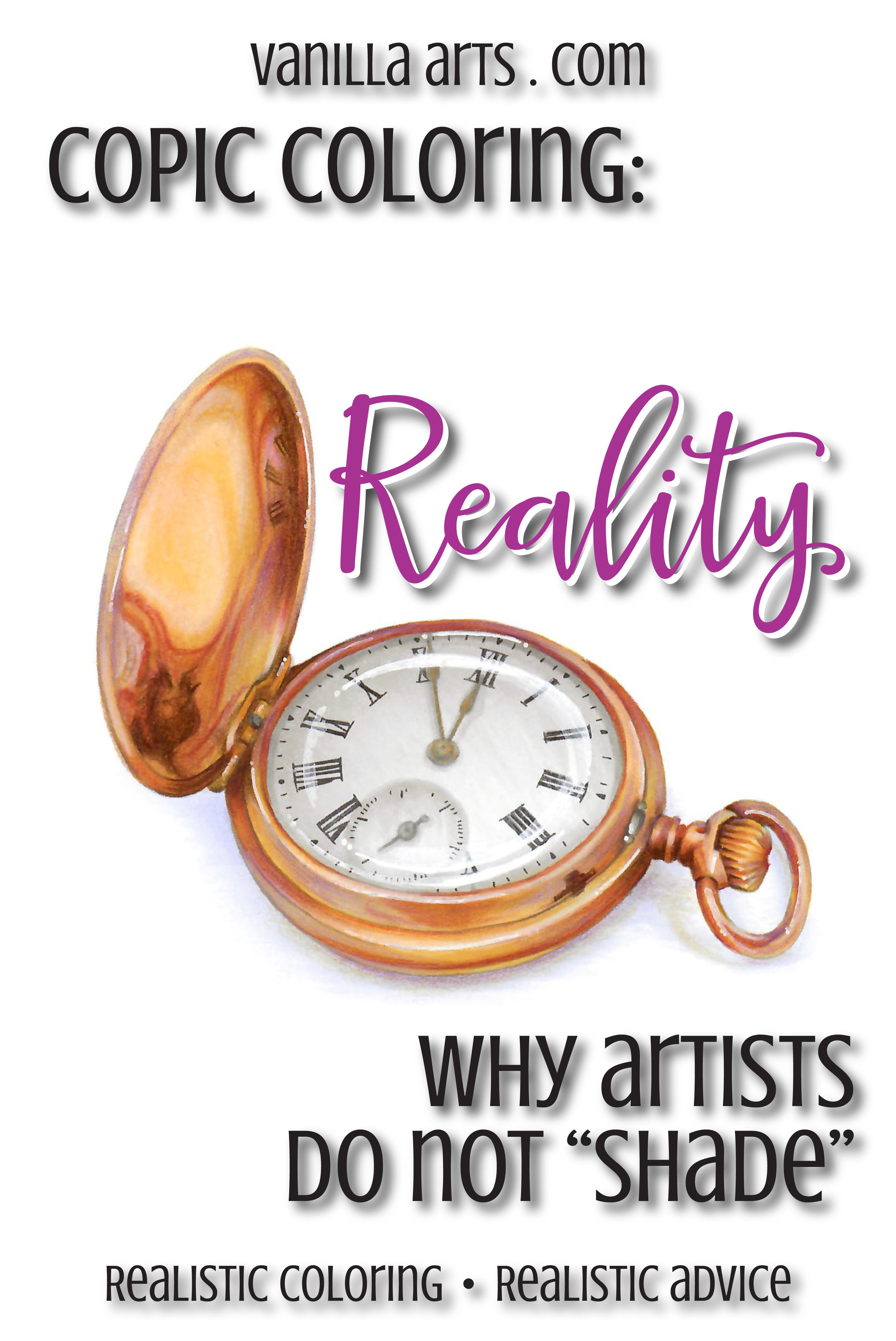
Blending Problems? Refill your alcohol markers for instant improvement!
Do you rub and scrub and work really hard to make the blend smooth and it just doesn’t work? Are you beginning to think that you’ll never blend well?
Hmmmm…
Can I ask you a question?

The Danger of Step-by-Step Coloring Tutorials
Hooray! It's Blogday!
Ever notice how we look forward to certain days of the week when our favorite internetters post new content?
That's Blogday.
Time to check in with all your favorite Copic Marker bloggers. Time to scour the colored pencil channels on YouTube! And don't forget about all the coloring groups on Facebook!
But wait. Hold on a second.
Want to know why you've been coloring for years and yet…

